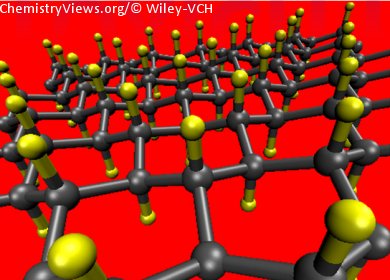Nanotechnology has expanded its reach exponentially in recent years to impact the fields of bioapplications in medicine, electronics, engineered nanomaterials, and energy storage. Graphene and its graphene-related counterparts are considered by some to be the future of advanced nanomaterials owing to their exemplary properties. However, an increase in their potential applications, particularly in the biomedical field, such as for use in biosensors, drug delivery, and cancer therapy, has led to serious concerns regarding their safety and impact on health.
Martin Pumera and co-workers, Nanyang Technological University, Singapore, have taken on some of these concerns by conducting a study into the cytoxicity effects of highly hydrogenated graphene (HHG), a new and emerging form of graphene touted to have potential in hydrogen-storage applications, and its graphene oxide (GO) counterpart. On the basis of in vitro toxicological assessments correlated with the physiochemical properties of the tested nanomaterials, HHG was discovered to be cytotoxic towards A549 cells (human alveolar epithelial cell line used in vitro anchored or suspended in a solution) across a wide range of concentrations tested – much more cytotoxic than GO. The group has hypothesized that the hydrophobic nature of HHG, resulting from its saturated carbon bonds, plays a key role in its increased cytotoxicity compared with GO.
The in vitro methods the group has employed may serve as a first step towards the widespread screening of graphene-based nanomaterials.
- Cytotoxicity Profile of Highly Hydrogenated Graphene,
Elaine Lay Khim Chng, Zdeněk Sofer, Martin Pumera,
Chem. Eur. J. 2014.
DOI: 10.1002/chem.201304911



